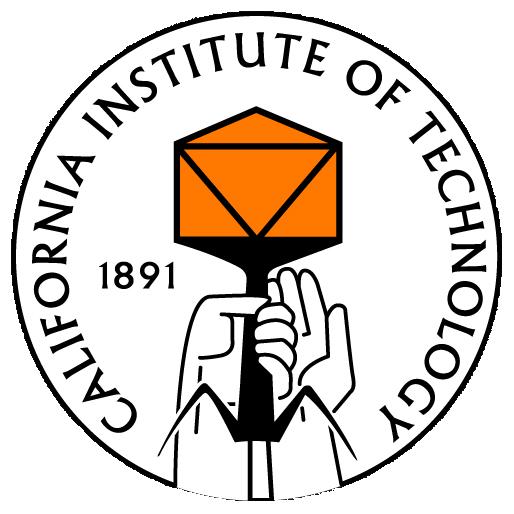Caltech/Project/N
From 2007.igem.org
| Line 24: | Line 24: | ||
==Original Goals== | ==Original Goals== | ||
| - | The objective of this subproject project was to determine the necessary concentration of N protein required for lysis. The N gene was placed behind a tetracycline-inducible promoter in a low copy (pSB2K3) plasmid. Addition of anhydrotetracycline (aTc) would induce the production of N. For more details, please see our list of constructs [[Caltech/Project/Constructs|here]. This construct was transformed into D1210 ''E. coli'' and titered using N amber mutant phage. | + | The objective of this subproject project was to determine the necessary concentration of N protein required for lysis. The N gene was placed behind a tetracycline-inducible promoter in a low copy (pSB2K3) plasmid. Addition of anhydrotetracycline (aTc) would induce the production of N. For more details, please see our list of constructs [[Caltech/Project/Constructs|here]]. This construct was transformed into D1210 ''E. coli'' and titered using N amber mutant phage. |
==Status and Future Plans== | ==Status and Future Plans== | ||
Revision as of 23:19, 26 October 2007
iGEM 2007
Home
Highlights
Project
People
Protocols
|


